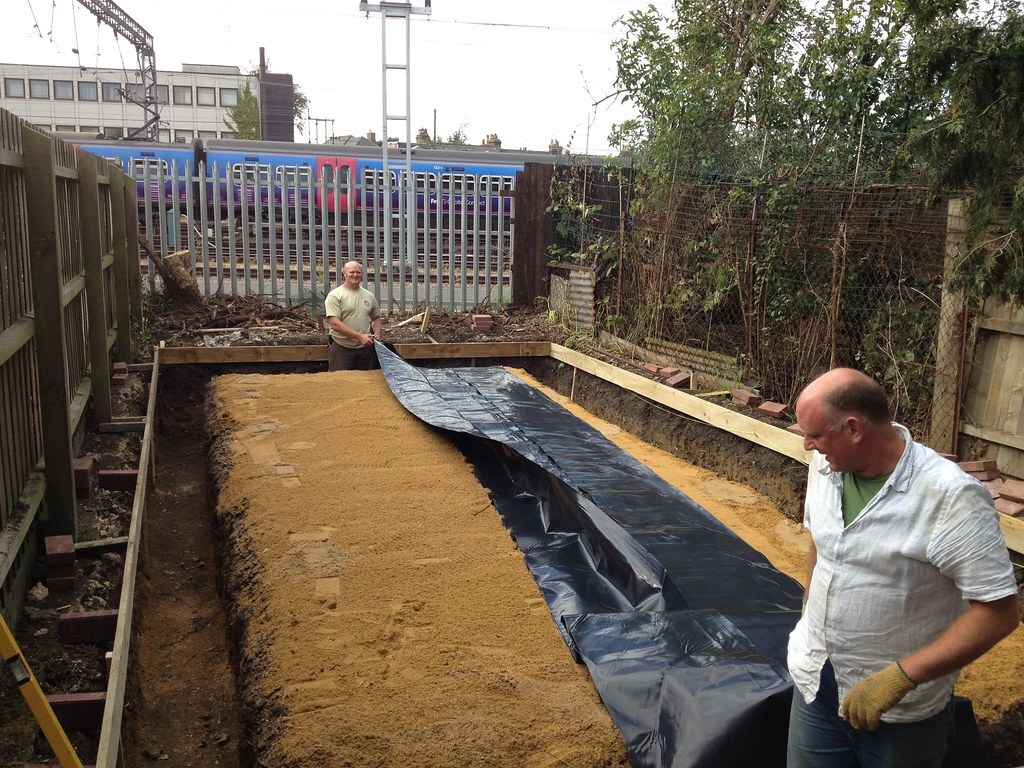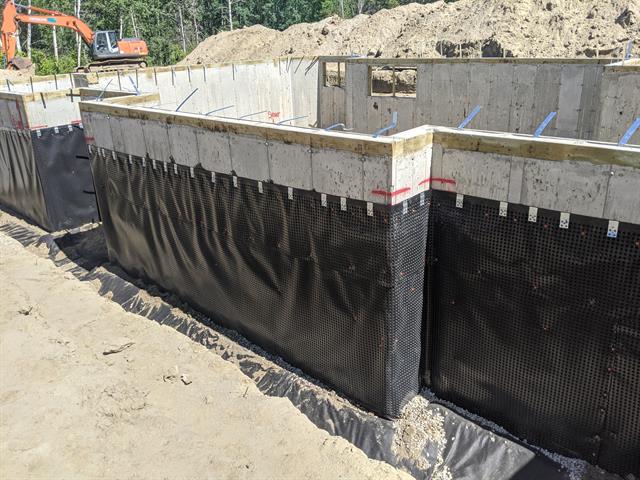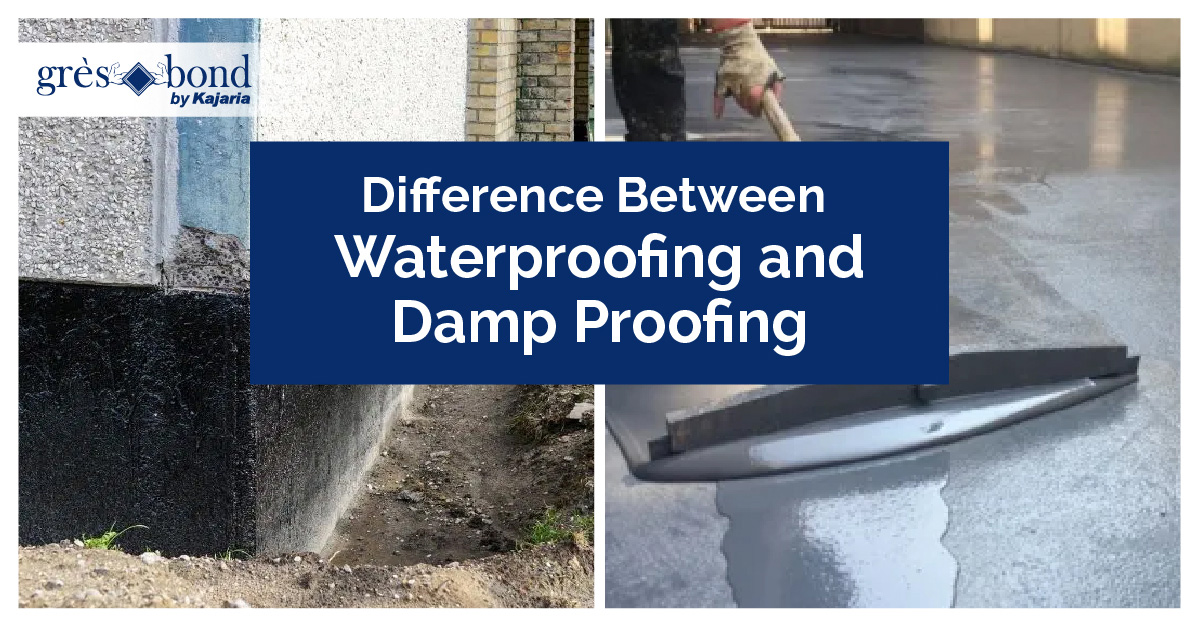Beginner’s guide to understanding rising damp and damp removal newcastle
Beginner’s guide to understanding rising damp and damp removal newcastle
Blog Article
Exploring the Various Strategies and Solutions for Effective Damp Proofing
Moisture in structures presents significant challenges to both architectural integrity and interior air quality. Numerous methods and remedies have emerged to battle this prevalent concern. From traditional damp-proof membranes to ingenious chemical therapies, each approach uses one-of-a-kind benefits. Recognizing these choices is necessary for reliable dampness control. Nevertheless, selecting the appropriate option depends on details structure problems and needs, prompting more exploration into one of the most reliable moist proofing approaches readily available.
Understanding the Reasons For Wetness
Although dampness can occur from numerous resources, comprehending these reasons is essential for efficient remediation. Commonly, dampness originates from 3 primary resources: climbing damp, penetrating wet, and condensation. Rising wet occurs when groundwater takes a trip upwards through porous materials, such as block or stone, frequently as a result of a lack of an effective obstacle (mould removal newcastle). Penetrating damp is typically triggered by outside elements, consisting of roof covering leaks, damaged seamless gutters, or harmed wall surfaces, permitting water to penetrate a property. Condensation, on the other hand, arises from excess dampness in the air, typically aggravated by bad ventilation and temperature differences, resulting in water beads basing on surfaces. Recognizing these underlying concerns is vital, as each type of dampness needs a tailored technique for remediation. Appropriate evaluation helps in establishing the most effective remedies, ultimately protecting the structural honesty of a building and improving interior air top quality
Conventional Damp-Proof Membranes

Chemical Damp-Proofing Solutions
Chemical damp-proofing services supply an ingenious technique to avoiding dampness breach in structures. These approaches typically entail the application of liquid chemicals that pass through masonry and form an obstacle versus climbing wet. Commonly used chemicals consist of silanes, siloxanes, and various other water-repellent representatives that respond with surface materials to develop a hydrophobic layer.The application process generally calls for exploration holes right into the wall surfaces, injecting the chemical solution, and allowing it to heal. This approach is especially advantageous for older structures where traditional damp-proof membranes may be unwise. In addition, chemical damp-proofing can be much less turbulent and extra cost-effective than substantial improvement projects.While efficient, these solutions depend on appropriate application and environmental problems for peak performance. Normal upkeep and surveillance are vital to ensure the long life of the damp-proofing treatment. In general, chemical damp-proofing stands for a versatile choice for protecting structures against moisture-related damages
Tooth Cavity Wall Building Techniques
Dental caries wall building and construction techniques use various advantages, especially in moisture control and energy efficiency. By incorporating an air gap in between 2 layers of stonework, these wall surfaces successfully reduce water ingress while enhancing insulation. This combination not only safeguards frameworks from wetness but also contributes to minimized power usage.
Benefits of Cavity Walls
When taking into consideration efficient damp proofing techniques, the advantages of dental caries wall surfaces attract attention prominently. Cavity wall surfaces consist of 2 different layers, developing an air void that efficiently decreases wetness penetration. This layout lessens the danger of dampness, as the external wall surface acts as an obstacle against rain and water ingress. In addition, dental caries walls enhance thermal insulation, which contributes to power efficiency by reducing warmth loss. They additionally supply audio insulation, assisting to create a quieter indoor atmosphere. The air void allows for air flow, which helps in dampness control and reduces the probability of mold and mildew growth. These advantages not only boost the general convenience of a structure however likewise add to its long life and architectural integrity.
Moisture Control Approaches
Reliable moisture control techniques are important in cavity wall building to guarantee long-term security versus moisture. One main approach entails the unification of weep openings, which promote water drain from the dental caries, stopping buildup. Furthermore, making use of breathable membrane layers can aid take care of moisture degrees while allowing trapped vapor to get away. Proper positioning of insulation is also crucial, as it ought to not block drain courses. Moreover, making sure that the outer fallen leaves of the cavity wall are created with water-resistant products enhances general durability. Regular upkeep checks are necessary to identify any kind of obstructions or damage early, protecting the framework's stability. Inevitably, a combination of these strategies creates a durable protection versus dampness invasion in cavity wall surfaces.
Insulation and Power Effectiveness
Insulation plays a crucial role in improving energy effectiveness within tooth cavity wall building and construction. By incorporating insulating materials, these wall surfaces develop a thermal barrier that lessens warmth loss and lowers power intake. Reliable insulation not only aids keep a stable interior temperature level yet likewise mitigates the threat of wetness, as it avoids condensation within the wall cavity. Numerous strategies, such as the usage of inflexible foam boards or mineral wool, can be utilized to accomplish perfect insulation efficiency. Furthermore, correct installment is vital to assure that gaps and gaps are decreased, which can or else compromise power efficiency. Eventually, a well-insulated cavity wall contributes substantially to overall sustainability and decreases cooling and heating prices for home owners.
Outside Damp Proofing Techniques
Outside moist proofing methods are essential for shielding structures from moisture seepage. Two effective strategies consist of the application of water resistant membranes and the installation of French drains pipes. These remedies help alleviate water build-up and protect the honesty of structures.
Waterproof Membrane Layer Application
While different approaches exist for protecting against wetness ingress, the application of water resistant membranes remains an extremely reliable external wet proofing technique. These membrane layers are normally made from materials such as polyethylene, rubber, or customized bitumen, providing a durable barrier against water infiltration. The installation process entails using the membrane to the outside surfaces of structures or wall surfaces, making certain total protection to stop leaks. Correct bond and sealing at joints are important to taking full advantage of efficiency. Water resistant membranes can be used in different forms, consisting of fluid finishes and sheet membrane layers, enabling adaptability based upon the particular demands of the framework. This technique not only shields structures from moisture however also improves their longevity and architectural honesty.
French Drainpipe Installment
One reliable technique for managing groundwater and avoiding wetness accumulation around a building's structure is the setup of a more info French drain. This drainage system is composed of a trench loaded with crushed rock and a perforated pipe that redirects surface area water away from the structure. Correct installment requires careful planning, guaranteeing that the drain slopes away from the structure to promote ideal water flow. Additionally, the area of the drainpipe is crucial; it ought to be placed in areas prone to merging or excess wetness. Normal maintenance, including clearing particles from the gravel and making certain the pipeline stays unobstructed, is important for lasting efficiency. Inevitably, a well-installed French drainpipe can greatly minimize the danger of water-related issues in basements and foundations.
Interior Waterproofing Approaches
Inside waterproofing techniques are vital for protecting a building's inside from moisture infiltration and possible water damages. These strategies typically include the application of specific materials and methods made to create a dampness obstacle within the structure. One common approach is using water resistant coverings or sealants on wall surfaces and floors, which protect against dampness from permeating surfaces.Additionally, setting up indoor drainage systems, such as sump pumps, can effectively take care of water buildup in basements and crawl spaces. An additional approach entails using vapor obstacles, which are mounted to inhibit moisture movement from the ground right into living spaces.Moreover, addressing any cracks or gaps in walls or foundations with proper sealants assures an extensive defense versus water breach. By carrying out these indoor waterproofing methods, home proprietors can considerably decrease the danger of mold growth, structural damages, and other moisture-related problems. Appropriate implementation of these methods is crucial for lasting defense and structure integrity.
Regular Upkeep and Inspection Practices
Regular maintenance and evaluation methods are important for guaranteeing the lasting efficiency of wet proofing options in any building. Routine checks make it possible for homeowner to determine very early indicators of wetness invasion, such as peeling off paint, mold development, and mildewy odors. These indicators can indicate underlying concerns that need immediate attention.Inspections ought to be performed at least every year, concentrating on at risk locations like basements, creep areas, and outside wall surfaces. During these analyses, homeowner ought to take a look at sealers, drain systems, and air flow to verify they operate correctly.Additionally, maintaining downspouts and rain gutters is vital, as clogged systems can result in water build-up near the foundation. Applying a regular maintenance timetable, along with timely repairs, can considerably expand the life-span of wet proofing steps and safeguard the architectural stability of the building. Proactive measures inevitably contribute to the general health and security of the living atmosphere.
Frequently Asked Concerns
For How Long Does Damp Proofing Normally Last?
The period of moist proofing performance varies, usually lasting between 20 to half a century. Factors such as application high quality, ecological conditions, and upkeep practices greatly affect the durability of the damp proofing therapy.

Can I Damp Proof My Home Myself?
The specific pondered the feasibility of do it yourself damp proofing. With correct study and the ideal materials, it is feasible. Nonetheless, they likewise recognized the importance of professional support to guarantee long-lasting effectiveness and stop future problems.
What Are the Signs of Ineffective Damp Proofing?
Indicators of inadequate damp proofing consist of relentless moldy odors, visible mold and mildew development, peeling off paint, damp patches on walls, and wood decay - damp proofing newcastle. Property owners should resolve these concerns promptly to stop further damage and health and wellness worries
Does Damp Proofing Affect Indoor Air Top Quality?

Just How Much Does Professional Damp Proofing Cost?
Expert wet proofing prices differ significantly, usually ranging from $1,000 to $5,000 depending on the building's dimension, the level of the wet concern, and picked methods. Each circumstance calls for a tailored assessment for precise pricing. Commonly, wetness originates from 3 main sources: climbing moist, permeating damp, and condensation. When taking into consideration effective wet proofing techniques, the benefits of cavity walls stand out plainly. External moist proofing techniques are necessary for securing frameworks from moisture infiltration. While various techniques exist for avoiding dampness access, the application of waterproof membrane layers continues to be a very reliable outside moist proofing method. Indications of inefficient damp proofing consist of relentless musty smells, noticeable mold growth, peeling paint, wet spots on wall surfaces, and wood decay.
Report this page